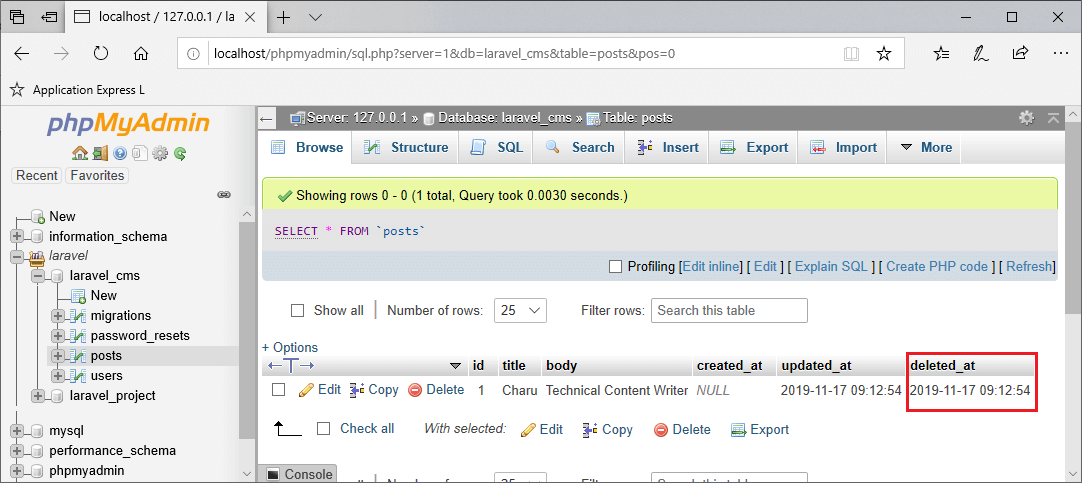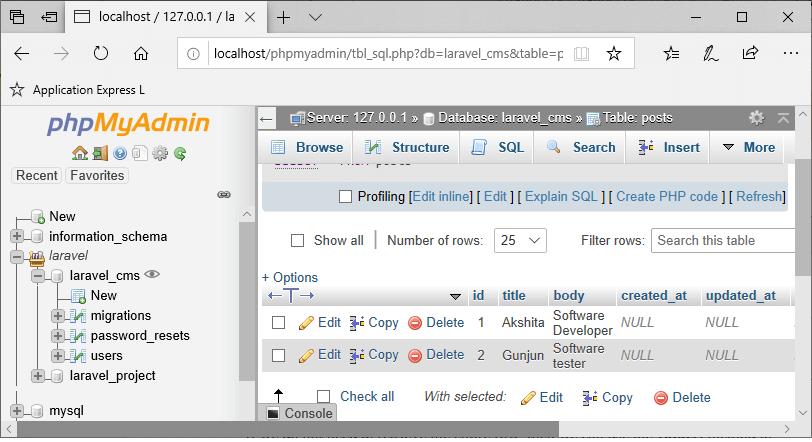

- LARAVEL ELOQUENT CREATE DOES NOT FILL IN PROPERTIES UPDATE
- LARAVEL ELOQUENT CREATE DOES NOT FILL IN PROPERTIES CODE
- LARAVEL ELOQUENT CREATE DOES NOT FILL IN PROPERTIES FREE
The global JSX types may cause conflict with used together with other libraries that also needs JSX type inference, in particular React. This means TSX will work out of the box when Vue's type is available. Currently, Vue's types automatically registers Vue's JSX types globally.


Similar to the transform, Vue's JSX also needs different type definitions. When using TSX, make sure to specify "jsx": "preserve" in tsconfig.json so that TypeScript leaves the JSX syntax intact for Vue JSX transform to process. Vue's type definition also provides type inference for TSX usage.
LARAVEL ELOQUENT CREATE DOES NOT FILL IN PROPERTIES UPDATE
This is because the models are never actually retrieved when issuing a mass update or delete.Js // all arguments except the type are optional h ( ' div ' ) h ( ' div ', , ' hello ' ) // props can be omitted when there are no props h ( ' div ', ' hello ' ) h ( ' div ', ) // children array can contain mixed vnodes and strings h ( ' div ', ) When issuing a mass update or delete via Eloquent, the saved, updated, deleting, and deleted model events will not be fired for the affected models. However, in both cases, the saving / saved events will fire. If a model already existed in the database and the save method is called, the updating / updated events will fire. When a new model is saved for the first time, the creating and created events will fire. The retrieved event will fire when an existing model is retrieved from the database. Each event receives the instance of the model through its constructor.
LARAVEL ELOQUENT CREATE DOES NOT FILL IN PROPERTIES CODE
Events allow you to easily execute code each time a specific model class is saved or updated in the database. The easiest way to create a model instance is using the make:model Artisan command:Įloquent models fire several events, allowing you to hook into the following points in a model's lifecycle: retrieved, creating, created, updating, updated, saving, saved, deleting, deleted, restoring, restored. All Eloquent models extend Illuminate\Database\Eloquent\Model class.

LARAVEL ELOQUENT CREATE DOES NOT FILL IN PROPERTIES FREE
Models typically live in the app directory, but you are free to place them anywhere that can be auto-loaded according to your composer.json file. To get started, let's create an Eloquent model. For more information on configuring your database, check out the documentation. Models allow you to query for data in your tables, as well as insert new records into the table.īefore getting started, be sure to configure a database connection in config/database.php. Each database table has a corresponding "Model" which is used to interact with that table. The Eloquent ORM included with Laravel provides a beautiful, simple ActiveRecord implementation for working with your database.


 0 kommentar(er)
0 kommentar(er)
